The Different Types of Portrait Lighting
Lighting is one of the most important aspects of photography. For portraiture, there are a few types of lighting that are popular, and knowing what type of lighting you like is a great start. Below, let’s look at some examples of different portraiture lighting, and some of the terms used to describe them. A professional photographer should be trained in manipulating lighting to achieve something that not only creates mood, but suits your look precisely. You can see varied lighting across my portfolio.
You don’t need to know these terms before booking a portrait session. I find visual examples of the lighting you like to be a really effective way to prepare for a photoshoot.
Broad:
Broad lighting is an overall term that describes where the position of the light is in regards to the side of the face closest to the camera. It is called broad lighting because the ‘broader’ side of the face is the side which is more lit. Broad lighting can be utilised in different patterns (rembrandt, loop, and split).
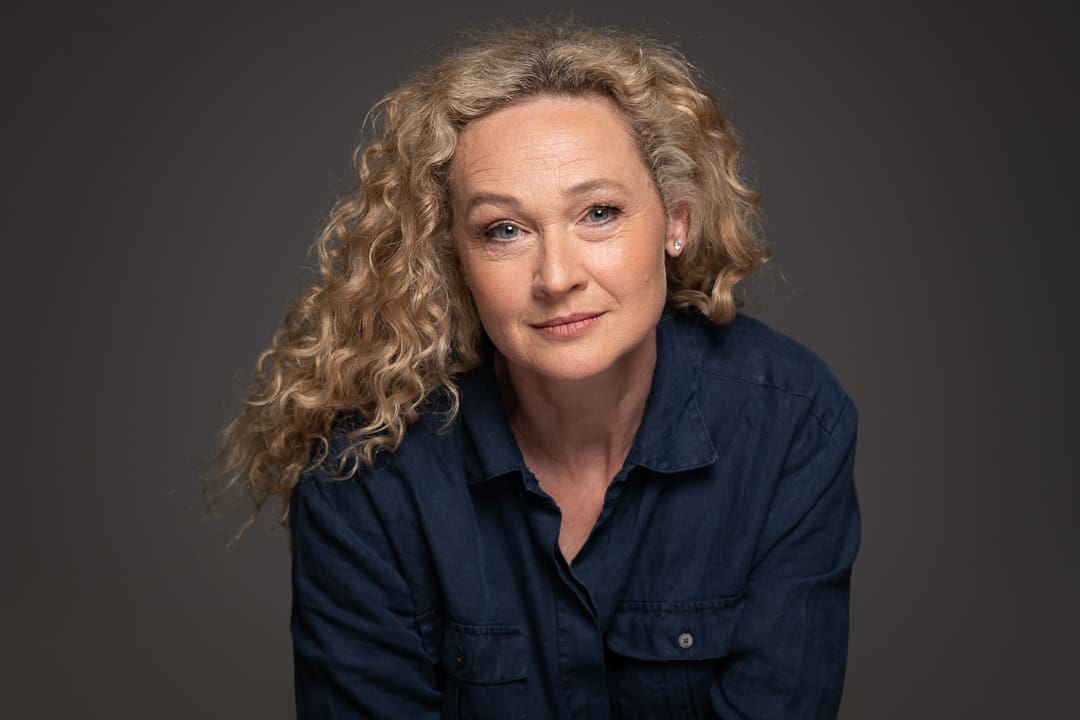

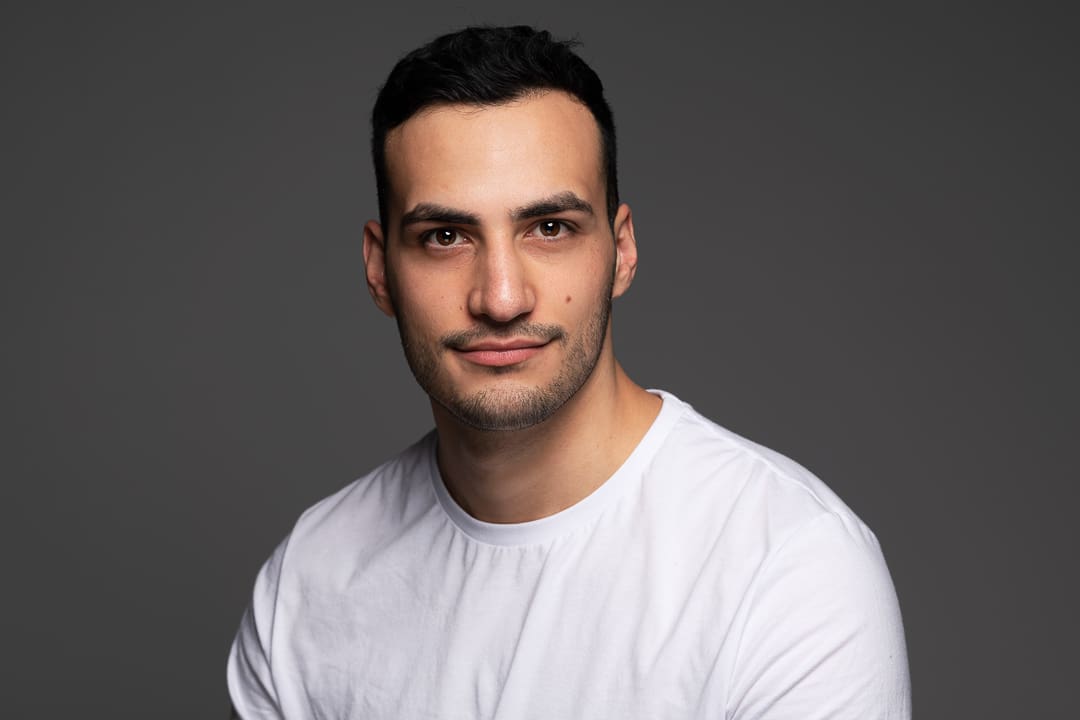
Short:
Opposed to broad, short lighting describes when the light is hitting the ‘shorter’ side of the face – which is further away from the camera. Short lighting can be utilised in different patterns (rembrandt, loop, and split).
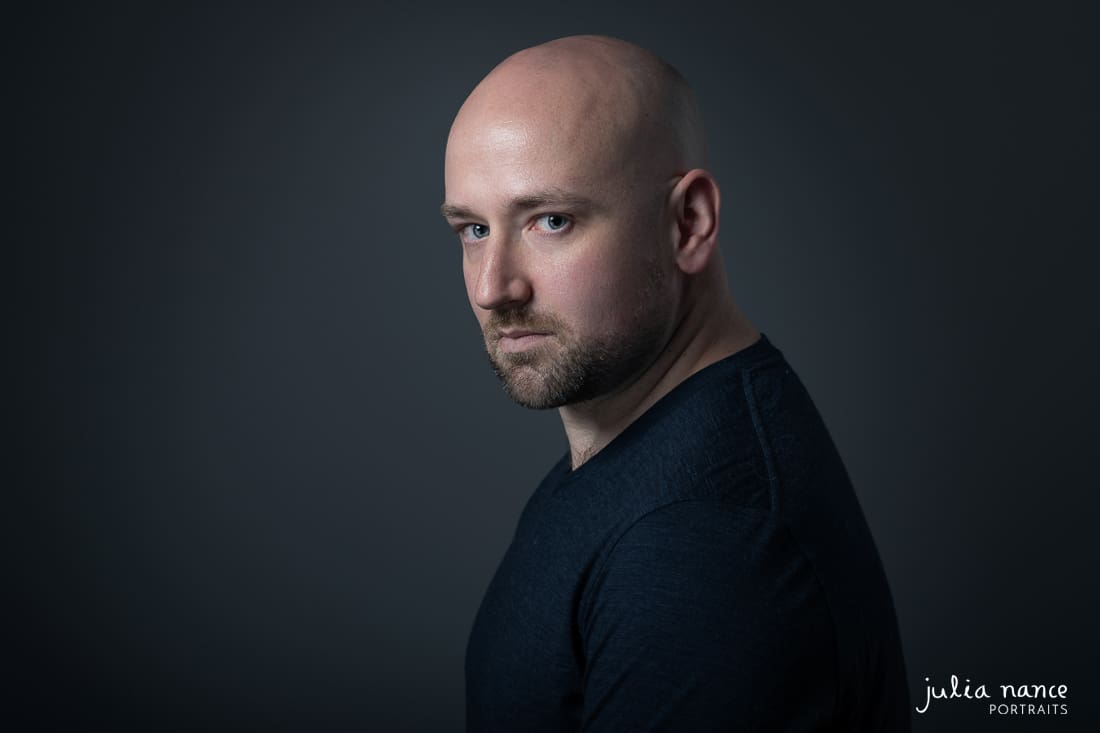
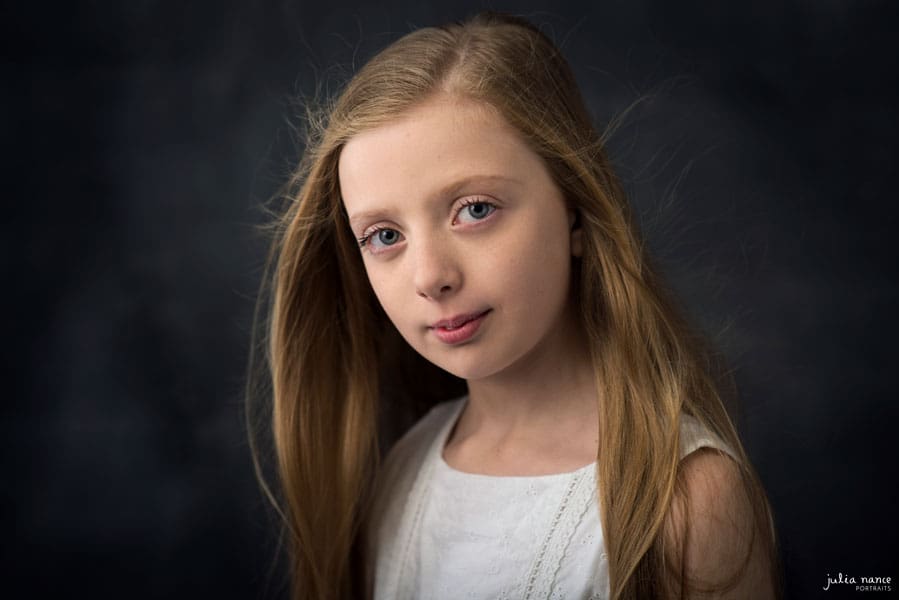

Butterfly Lighting:
Butterfly lighting is a popular lighting technique for headshots, beauty and fashion. It has been popular within historical Hollywood glamour photography, but still remains as one of the most used techniques today. The name butterfly lighting refers to the shadow underneath the nose, which is considered to be ‘butterfly shaped’.
You will also notice the catchlights in the eyes, which can really bring a sparkle to the shot. It is a great way to bring symmetry to the face, and to enhance cheek and bone structure.
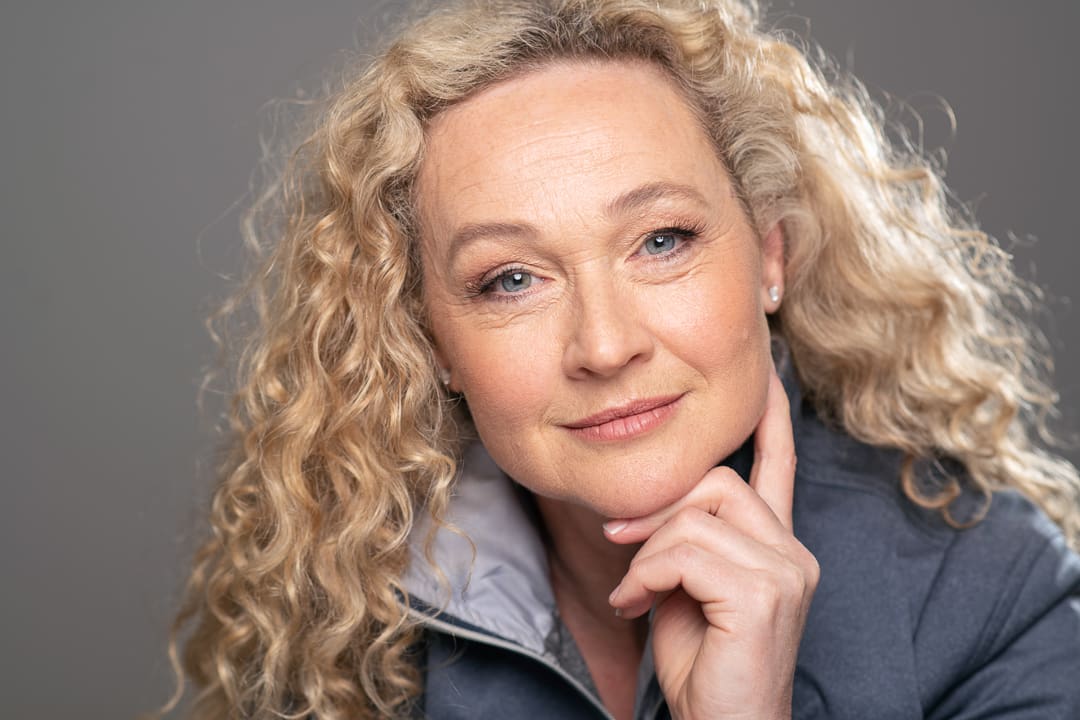


Rembrandt Lighting:
Named after the painting style of the painter himself, Rembrandt. This lighting connects the shadow from the nose to that on the cheek. This gives a triangle highlight on one of the cheeks, and maintaining light in both eyes too.
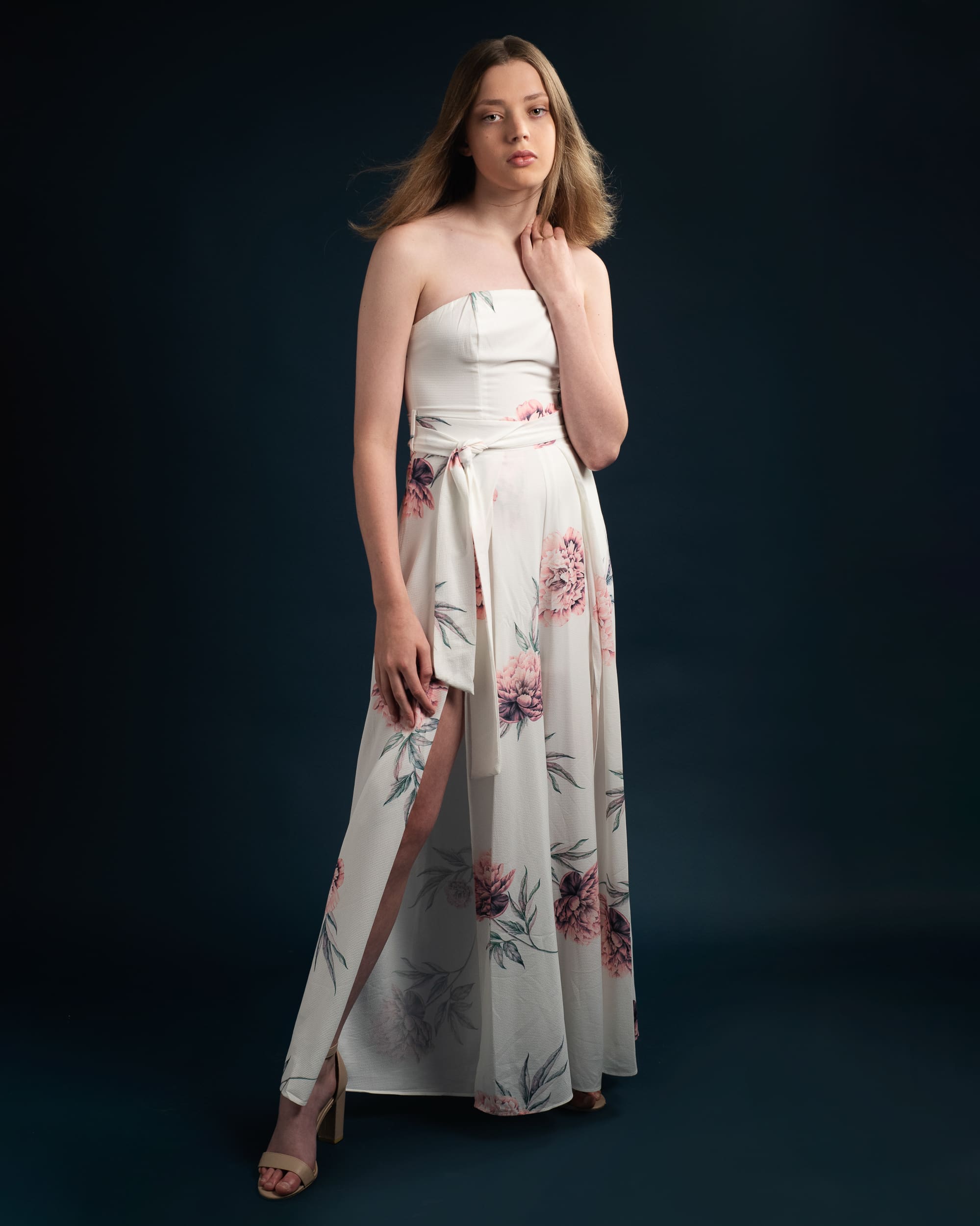
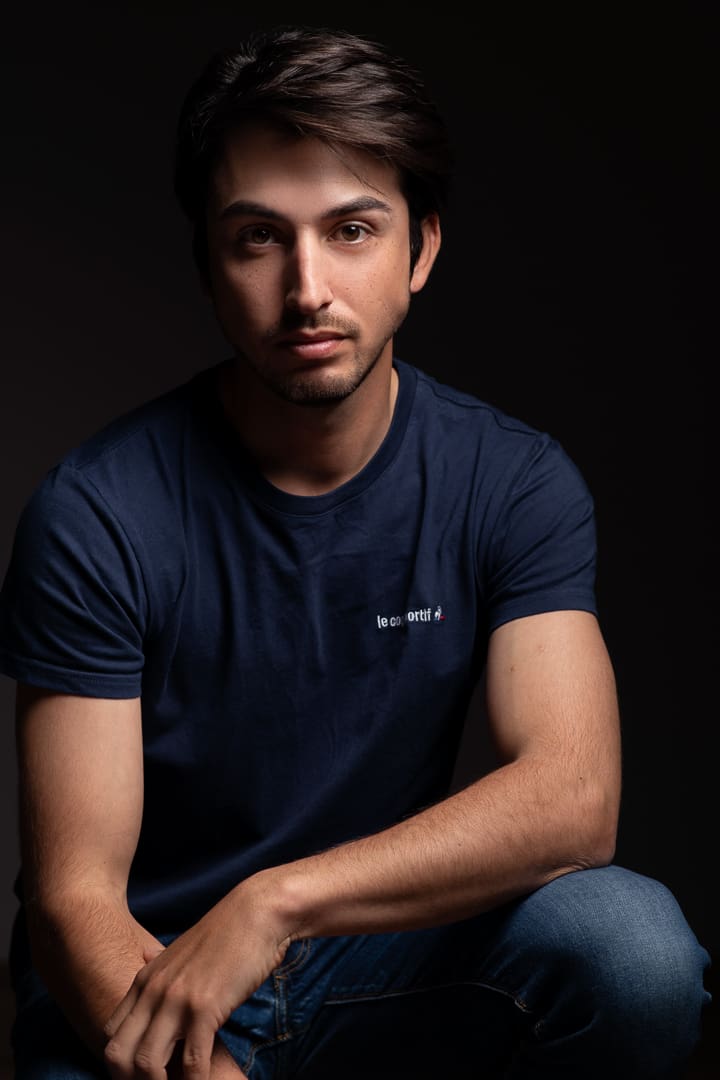

Split Lighting:
Split lighting is a simple technique where one side of the face is lit, and this light does not hit the other side of the face. This generally splits the face in half by light. In these two examples, you can see one side of the face is brighter than the other. The ‘darker’ side is still bright, as split lighting does not necessarily mean one side must be in complete shadow.
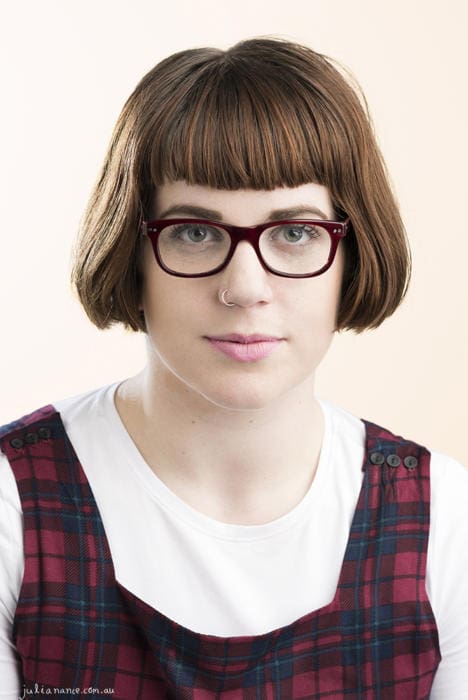
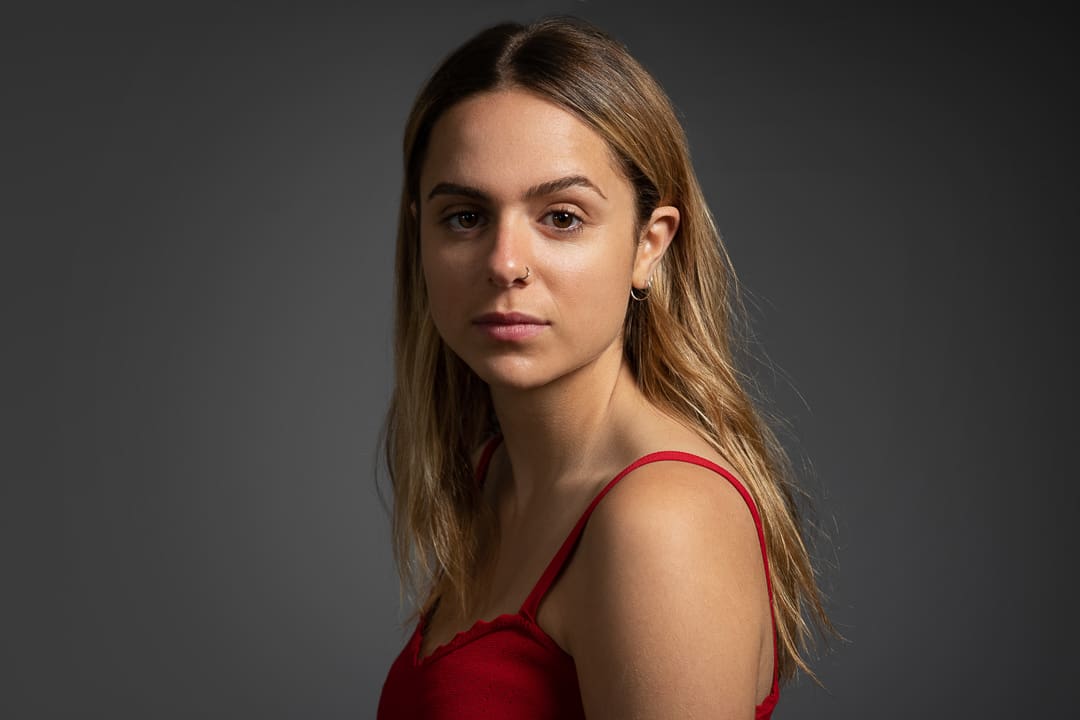

Loop Lighting:
This lighting technique has a small shadow from the nose on one side of the face. Unlike rembrandt lighting, this shadow does not link up with the other side of the face.

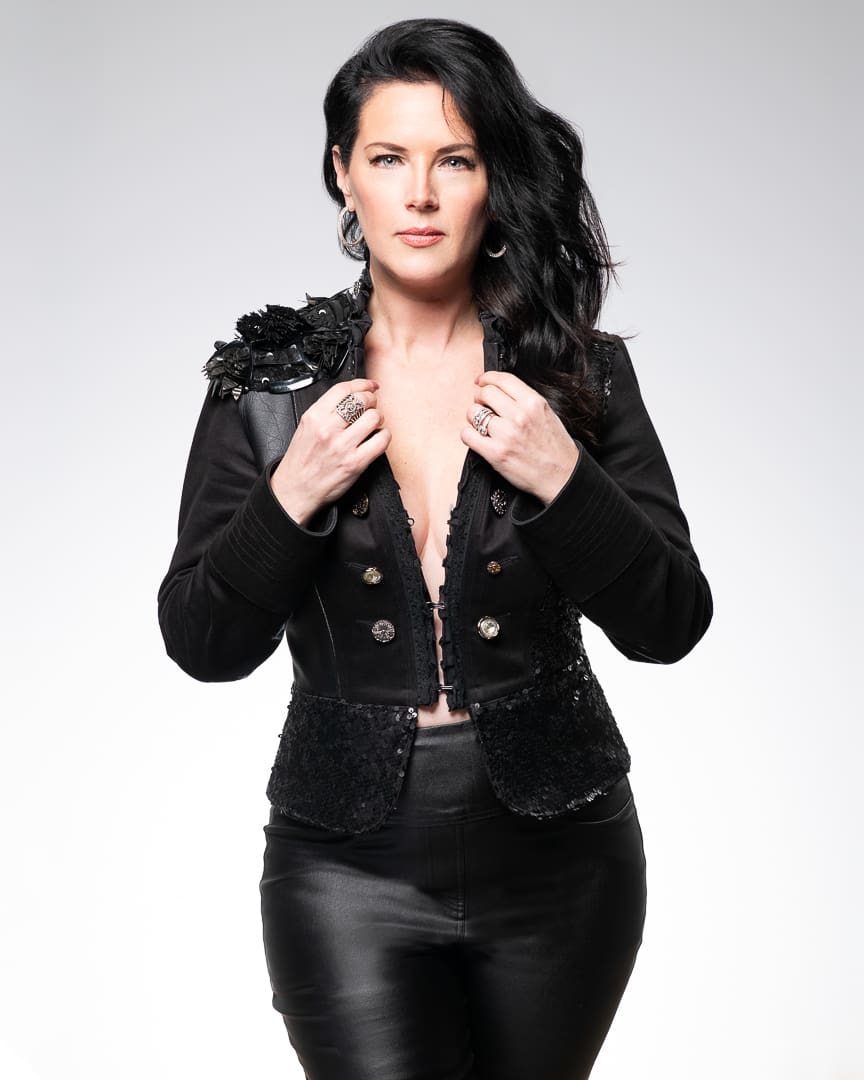
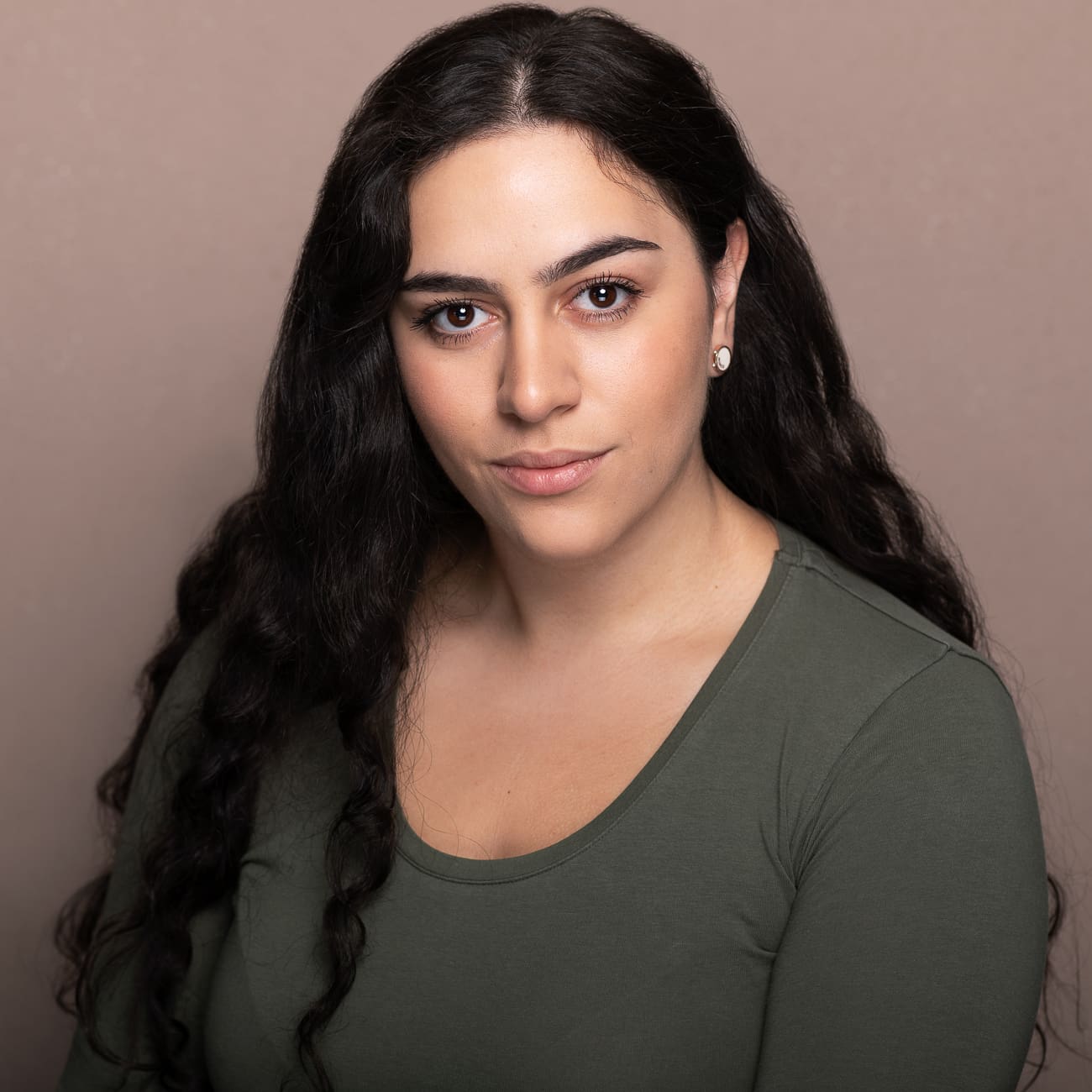
Like what you see? Book your next headshot online today. If you have any questions or would like to discuss your look, check out my contact page.
Corporate Headshots & Branding | Actor Headshots | Staff Headshots | Family Portraits
Book Online | Gallery | About | Contact | Studio | FAQs | Ts&Cs | Privacy Policy
